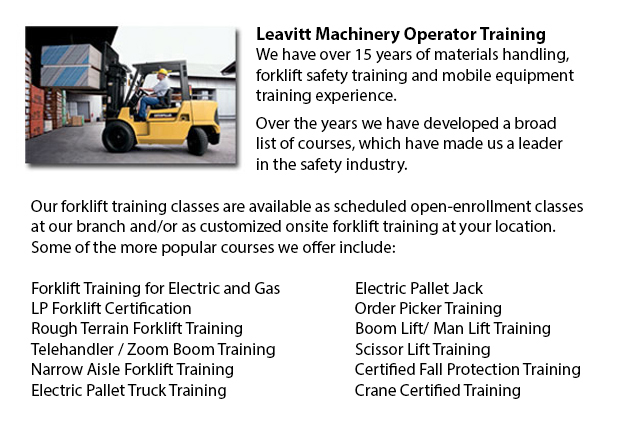
Pallet stackers are a kind of pallet jack that might be employed to stack, transfer and haul produce placed on a pallet that are far too heavy for manual lifting. Mostly these mechanisms are employed to load and unload freight from trucks and to transport pallets from one location to another within a warehouse of storage space. For the most part pallet stackers are manufactured of heavy duty materials to withstand extreme weights. Pallet stackers are sometimes called pallet jacks. They can be operated from a seated, upright or walk-behind position. Pallet stackers are divided into manual and powered varieties.
Pallet jacks are generally comprised of a set of forks that are able to slide under a pallet, capable of lifting to a desired height or transporting it to a particular location. The engine compartment or casing houses the gas-run, electronic or hydraulic apparatus that powers the piece of equipment.
Commonly, pallet jacks come in walk-behind models that are hand-powered. This means that they are moved by pushing and pulling the stacker into its preferred location, while raising the heavy pallets will be operated hydraulically making this duty a lot easier. Utilizing a foot pedal or handle raises the stacker’s forks. Squeezing a lever or trigger returns the forks to the ground. These designs of pallet jacks are ideal for lighter loads of up to approximately 1 ton or 907.18 kg.
Most stackers may accommodate the lifting of heavy weights to around 5 tons with either the gas or electric versions. They are physically less demanding to operate than the manual versions thanks to the hydraulic power that elevates and lowers the forks. These models are steered by turning the handle in a particular direction. There is a button on the handle that operates to raise and lower the forks. A throttle set up on the stacker’s grips moves the machine forward and in reverse. This style of equipment is commonly referred to as a forklift and is used from a sit-down position.
Picking the correct version of pallet stacker can be somewhat critical as designs will have varying lift functionality, together with varying fork widths. Some versions of stackers may only permit two pallets to be loaded at one time, whilst other versions may be proficient to stack several pallets. Certain designs of these hoists feature an changeable fork in order to permit the stacker to slide beneath pallets of different sizes and shapes. These versions are efficient when a variety of styles of pallets are common within a workspace.
-
Pallet Lifts
A pallet haul is equipment built in particular for moving pallets of varying weights and sizes. They may be utilized in conjunction with cranes, lift trucks and other heavy duty machines as an appendage piece or to be employed on their own. Pallet ho... More -
Scissor Pallet Trucks
Scissor lift pallet vehicles are built to be able to transfer and stack pallets with a built-in raising device that allows the pallets to be elevated. This apparatus is extremely effective for working in limited spaces that does not tolerate a full-s... More -
Reach Trucks
Reach Trucks are mechanized equipment utilized for loading and storage in some establishments that maintain storage of materials to finished goods on a pallet which are then inserted into elevated shelving units. This loading device helps businesses... More -
Pneumatic Forklifts
Pneumatic jacks are generally known as pallet lift trucks or pump trucks and are extensively utilized in warehouses and shipping plants to transport resources on pallets. Pneumatic forklifts consist of a pair of metallic blades installed on a wheeled... More -
Clark Forklift
Currently, there are at least 350,000 Clark lift trucks performing worldwide, and upwards of 250,000 operating in North America alone. With five major lines across the world, Clark is proud to be one of the most expansive organizations in the industr... More

Forklift Training Kamloops
TOLL FREE: 1-888-254-6157
Kamloops, British Columbia
forklifttrainingkamloops.com
Email Us
About Us


